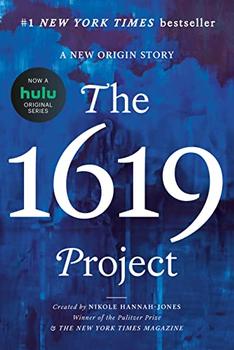
The Censored Eyewitness Dispatches on Postatomic Japan and Its Prisoners of War
by George Weller
George Weller was a Pulitzer Prize–winning reporter who covered World War II across Europe, Africa, and Asia. At the war’s end in September 1945, under General MacArthur’s media blackout, correspondents were forbidden to enter both Nagasaki and Hiroshima. But instead of obediently staying with the press corps in northern Japan, Weller broke away. The intrepid newspaperman reached Nagasaki just weeks after the atomic bomb hit the city. Boldly presenting himself as a U.S. colonel to the Japanese military, Weller set out to explore the devastation.
As Nagasaki’s first outside observer, long before any American medical aid arrived, Weller witnessed the bomb’s effects and wrote "the anatomy of radiated man." He interviewed doctors trying to cure those dying mysteriously from "Disease X." He typed far into every night, sending his forbidden dispatches back to MacArthur’s censors, assuming their importance would make them unstoppable. He was wrong: the U.S. government censored every word, and the dispatches vanished from history.
Weller also became the first to enter the nearby Allied POW camps. From hundreds of prisoners he gathered accounts of watching the atomic explosions bring an end to years of torture and merciless labor in Japanese mines. Their dramatic testimonies sum up one of the least-known chapters of the war—but those stories, too, were silenced.
It is a powerful experience, more than 60 years later, to walk with Weller through the smoldering ruins of Nagasaki, or hear the sagas of prisoners who have just learned that their torment is over, and watch one of the era’s most battle-experienced reporters trying to accurately and unsentimentally convey to the American people scenes unlike anything he—or anyone else—knew.
Weller died in 2002, believing it all lost forever. Months later, his son found a fragile copy in a crate of moldy papers. This historic body of work has never been published.
"On balance, Weller's dispatches are a welcome addition to the historical record." - PW.
"Taken together, these writings form an absorbing contemporary view of post-surrender Japan." - Library Journal.
"A stark confrontation, but also rich in evocative anecdotal material that recalls the war in the Pacific with amazing immediacy." - Kirkus Reviews.
This information about First Into Nagasaki was first featured
in "The BookBrowse Review" - BookBrowse's membership magazine, and in our weekly "Publishing This Week" newsletter. Publication information is for the USA, and (unless stated otherwise) represents the first print edition. The reviews are necessarily limited to those that were available to us ahead of publication. If you are the publisher or author and feel that they do not properly reflect the range of media opinion now available, send us a message with the mainstream reviews that you would like to see added.
Any "Author Information" displayed below reflects the author's biography at the time this particular book was published.






Your guide toexceptional books
BookBrowse seeks out and recommends the best in contemporary fiction and nonfiction—books that not only engage and entertain but also deepen our understanding of ourselves and the world around us.